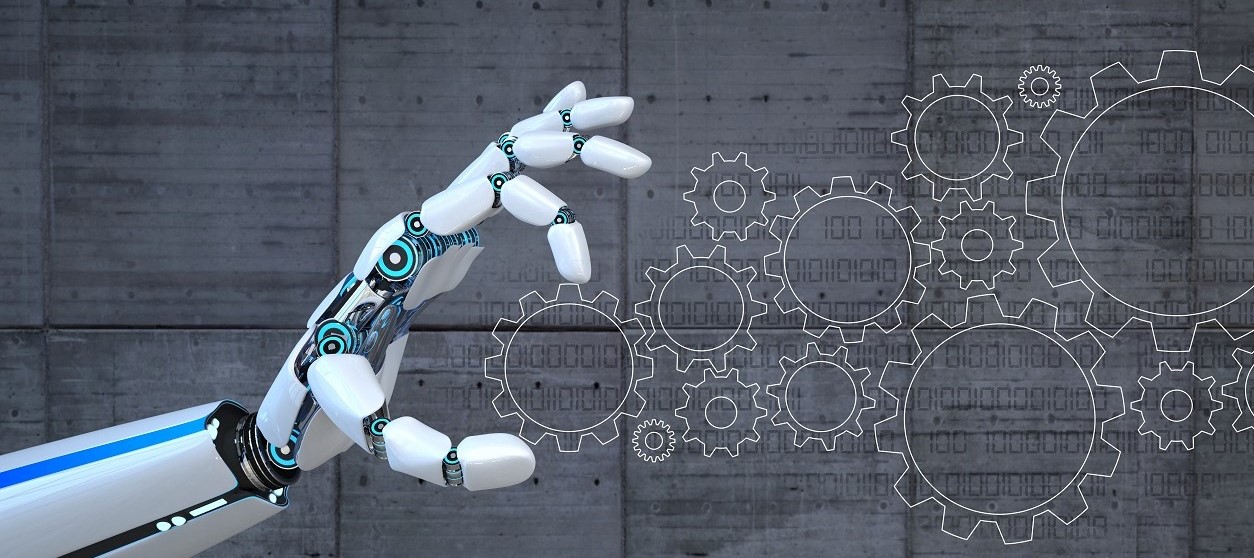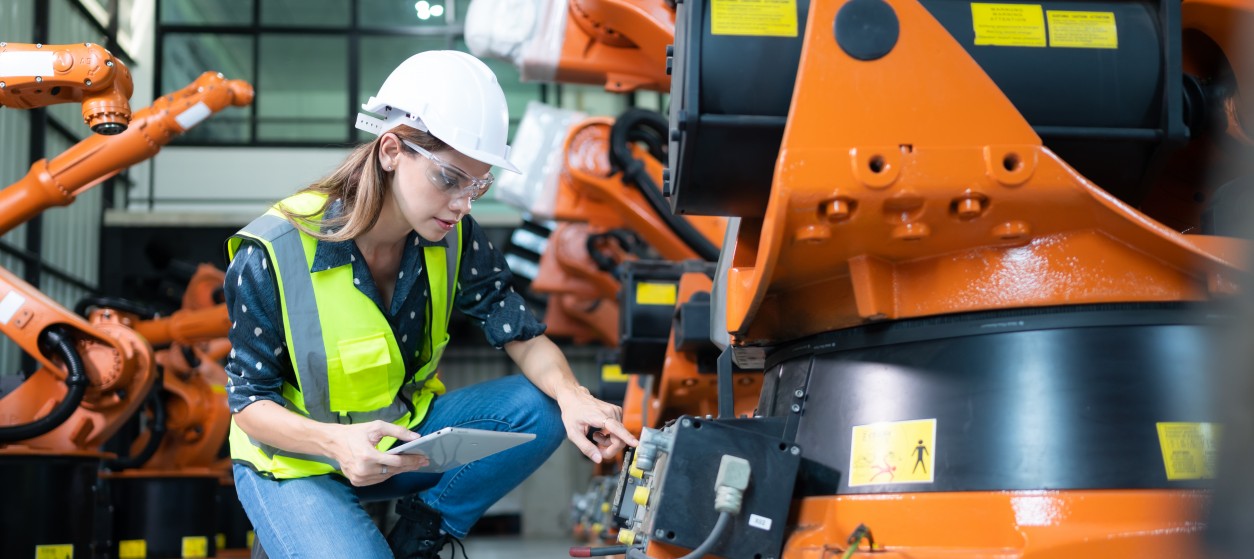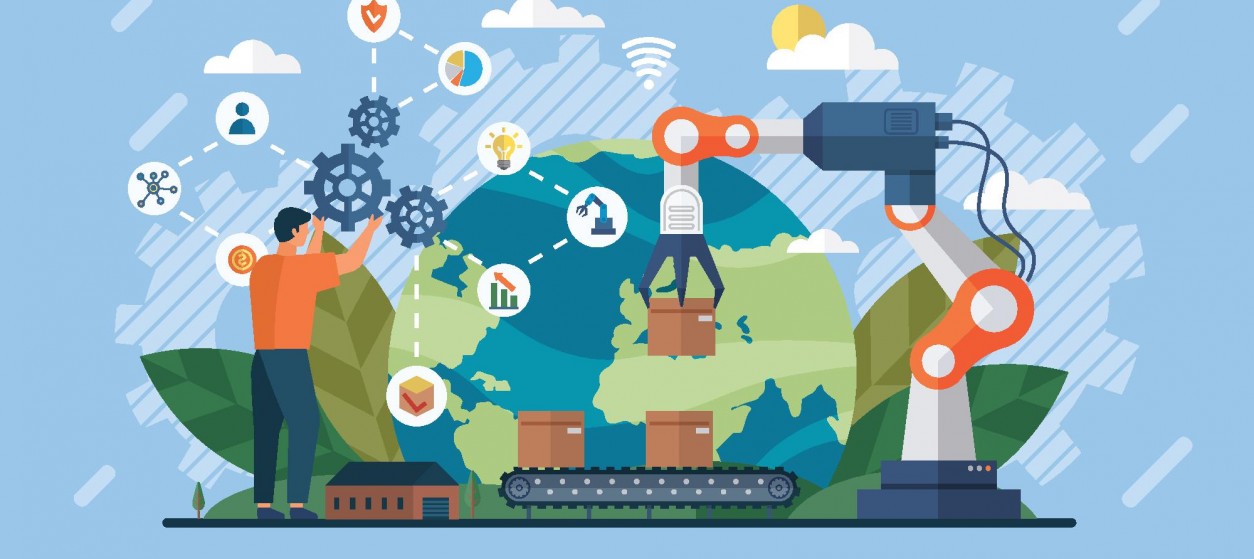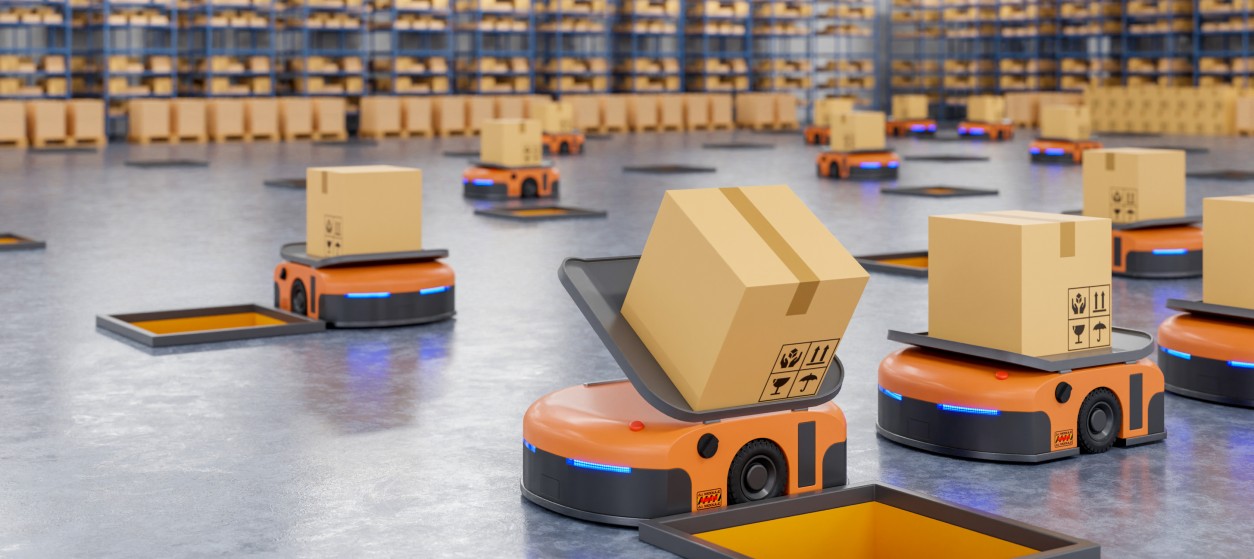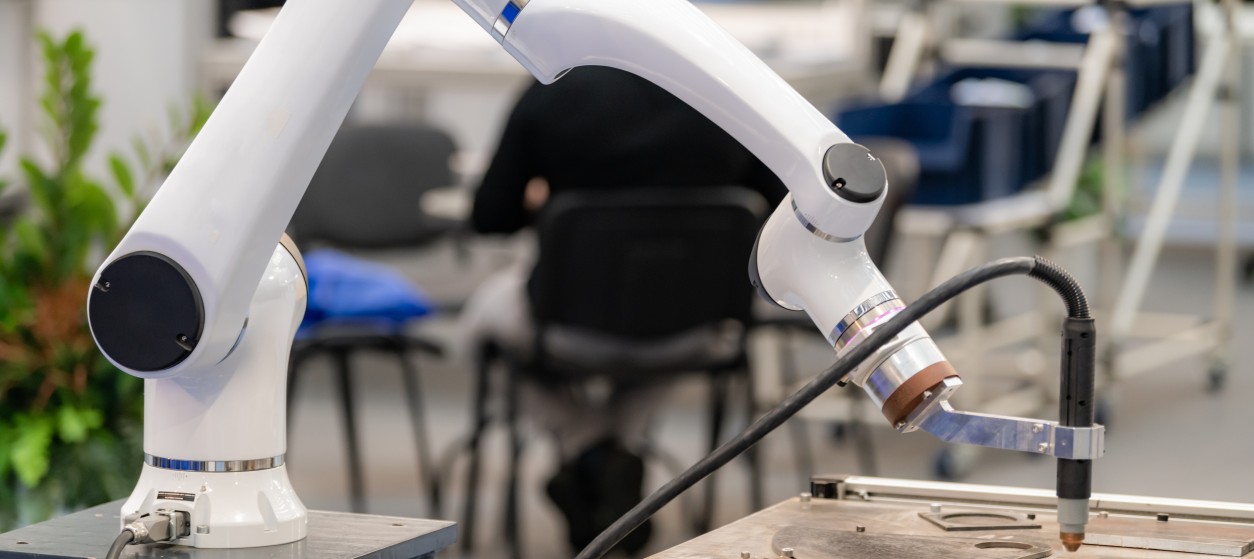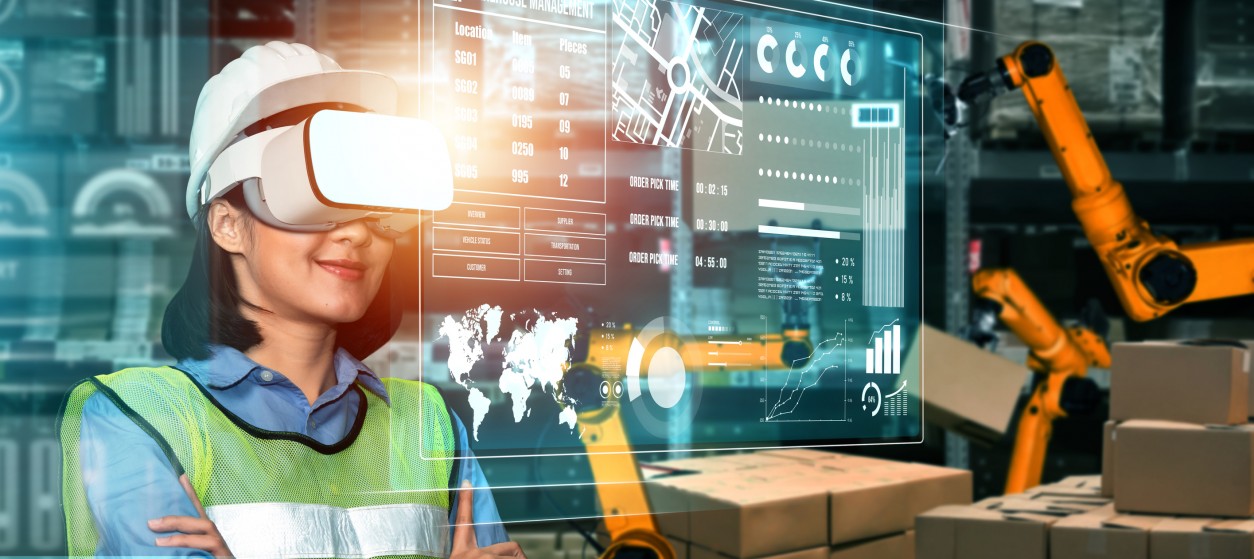For over two decades, IT has completely transformed various sectors of the economy, such as finance, telecommunications, and healthcare. Industrial sectors (e.g., manufacturing, oil & gas, energy and mining) have been no exceptions to this rule: IT systems such as Enterprise Resource Planning (ERP) and Manufacturing Execution Systems (MES) have been introduced in industrial plants in order to boost production planning and optimization, while at the same time increasing automation and reducing production costs. During the last couple of years, the operation of these IT systems has enhanced based on data and information about physical processes, thanks to their interconnection with automation devices, machines and Operational Technology (e.g., PLC (Programmable Logic Controllers) and DSC (Distributed Control Systems)). The integration of IT systems with machines and automation devices is empowered by the rise of the Industrial Internet-of-Things (IIoT) paradigm, which transforms industrial plants into large-scale Cyber-Physical Systems (CPS) i.e. systems that comprise both a cyber and a physical part. IIoT and CPS systems are among the main enablers of the fourth industrial revolution (Industry 4.0), which is currently disrupting the operations of industrial organizations.
Business Drivers and Digitally Enablers
The Industry4.0 revolution is motivated by the need to create flexible and hyper-efficient plants that are able to produce a great variety of products with only a marginal increase in production cost. This is the foundation of mass-customization, which is one of the most prominent business drivers of Industry 4.0. Other business drivers include the need to achieve excellent production quality, through predicting and proactively alleviating inefficiencies and defects. In this context, one of the most prominent apps of Industry4.0 is predictive maintenance, which aims at anticipating when machines failures will occur, as a means of scheduling maintenance and repair activities in ways that reduce unplanned downtime and optimize equipment usage and efficiency.
In order to implement these use cases, it is not sufficient to interconnect machines and automation devices with IT systems based on IIoT. Rather, there is also a need for acquiring and processing large volumes of data from various sources, including sources with very high ingestion rates. To this end, Big Data and Artificial Intelligence technologies (AI) needed to be deployed, including predictive analytics that enables the timely identification of machine failures and defect patterns. Furthermore, cloud and High-Performance Computing (HPC) technologies are also used in order to provide access to the storage and computing capacity needed for running Big Data and AI applications. In several cases, Industry4.0 applications are also deploying Virtual Reality (VR) and Augmented Reality (AR) interfaces in order to enable workers to interact with machines in a highly ergonomic way that leverages cyber-representations created based on digital data from machines and devices. IIoT, Big Data, AI, cloud computing, HPC and AR/VR technologies are therefore considered as the digital enablers of the fourth industrial revolution.
Autonomous Machines and Processes
One of the main implications of the digitalization of industrial processes in Industry4.0 is that human intervention is radically reduced as a means of eliminating error-prone processes. As a prominent example, several laborious tasks are nowadays carried out by industrial robots, which are gradually replacing human workers on the shop floor. This is the case with some picking, packing and assembly tasks in high tech industries. As another example, machines are able to predict their remaining useful life (RUL) as a means of proactively indicating their maintenance requirements and scheduling relevant maintenance tasks. Moreover, there are production lines that can be automatically (re)configured to produce a certain type of product based on information stemming from supply chain management or e-commerce systems.
The expanded deployment of IT-driven automation systems in industrial organizations will gradually lead to fully autonomous industrial plants. Autonomous plants will operate without any human intervention, much in the same way self-driving cars will operate without a driver. The role of human workers will become a supervisory one, which means that human workers will be in charge of configuring the plant and ensuring that things work as expected. While we are still far from realizing the vision of a fully (100%) autonomous plant, the following high-level roadmap is envisaged:
- Autonomous Machines: The first step towards the autonomous plant is the creation of intelligent machines that operate autonomously in terms of collecting and analyzing digital data from the shop floor, understanding and anticipating defects, calculating maintenance parameters and more. Most machine builders are nowadays focused on producing and introducing to the market autonomous machines. To this end, they are enhancing these machines with digital capabilities such as Big Data storage capabilities and AI-based predictive analytics.
- Autonomous Processes: Autonomous processes hinge on the interconnection of multiple autonomous machines in production workflows. Hence, the establishment of such processes is the natural follow-up step to the digital enhancement of machines within the plant.
- Autonomous Plants: Autonomous plants comprise end-to-end autonomous production processes, which enable them to operate without any human intervention. It is the ultimate vision of Industry4.0, which shall eliminate error-prone steps while increasing automation to unprecedented levels. Autonomous plants will be able to configure and reconfigure themselves in order to support emerging production models such as mass customization.
Socioeconomic Aspects
While fantastic, the vision of autonomous plants is already raising significant socio-economic concerns. The replacement of human workers with robots and intelligent machines will make thousands of redundant workers worldwide. Likewise, millions of workers will have to reconsider the way they work, as they will realize a shift from laborious tasks to supervisory roles. Therefore, the rise of autonomous plants is expected to create needs for new social contracts, which will support plant workers in their reskilling and adaptation to new work conditions. Moreover, there will be a need for new policies that will alleviate the plant workers’ talent gap on digital technologies, which is a key prerequisite for their successful engagement in Industry4.0. Finally, a cultural shift is required, including a change in the way workers and plant operators approach Industry4.0 applications and services.
The fourth industrial revolution has just started to showcase its benefits. However, its full potential will be realized in a timeframe of four to five decades. The ultimate vision of Industry4.0 is to enable fully autonomous plants that operate without errors and in an optimal and cost-effective way. Autonomous plants will integrate best of breed digital technologies, including advances in IIoT, Big Data, and IIoT. Nevertheless, the realization of this vision is dependent not only on technical and technological developments but also significant investments in new processes and other complementary assets such as education and training. The roadmap towards autonomous factories, yet challenging, is a proof that we are living in very interesting times.
